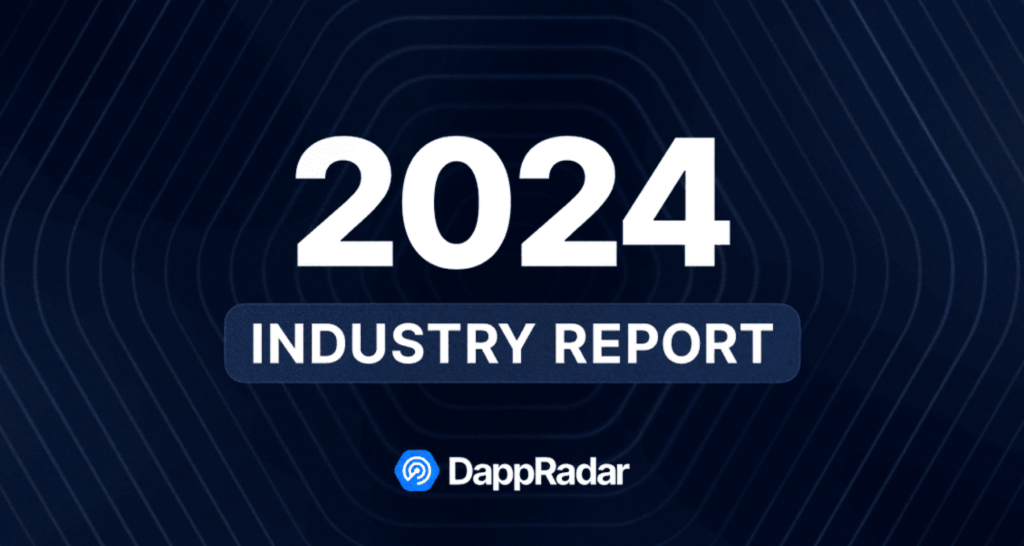IMF’s XC: Enabling Cross-Border Transfers and Future CBDCs

The IMF has crafted the XC platform, a solution designed to streamline cross-border payments. This project’s intricate details were unveiled by Tobias Adrian, the Director of the Monetary and Capital Markets Department. As his address drew to a close, it became clear that the XC platform is projected to lay the groundwork for the global deployment of CBDCs in the future.
On this page
At a roundtable discussion in Morocco's capital in June, Tobias Adrian declared that issues with cross-border payments are slipping out of the grip of global institutions and local financial bodies. The act of transferring value across different jurisdictions is a convoluted and inefficient process. Involving a slew of banks, it gives rise to delayed payments and unduly high commission fees. Consequently, the brunt of this problem is borne by small businesses and ordinary individuals.
Some of the 45 billion dollars paid to remittance providers every year may then go back in the pockets of the poor
pledges Adrian
Globalists propose the XC platform as a solution — a registry for digital transactions with distinct characteristics. The IMF representative particularly emphasized three of these features:
- Settlement Layer: This solution is designed to simplify exchanges in various currencies while simultaneously reducing counterparty risks. All participating banks continue to operate with their respective sets of currencies and utilize traditional accounting systems. Banks deposit funds in XC's nominal deposit accounts (controlled by a human operator). In return, these banking institutions receive a standardized digital equivalent, which is then used for further transactions on the platform.
- Programming Layer: This allows participants to adjust and amalgamate fundamental functions to enhance their payment experiences. “Think of your smartphone apps. Developers created them by accessing and customizing pre-set functions… The same would occur on XC platforms,” explains Tobias Adrian.
- Information Management Layer: This enables the separation of settlement and non-settlement services, including compliance checks (which can be performed outside the platform). Control over foreign currency operations within a jurisdiction remains intact.
Platforms are like digital town squares where people and businesses meet to transact under the watchful eye of the local authorities
Adrian analogizes
Initially designed for cross-border payments, XC is set to be adapted for the transformation of individual countries' financial systems. Tobias Adrian refers to these as CBDC platforms, labeling them as the “domestic equivalent of XC.” Initially envisioned as tools for wholesale transactions, the plan is to extend their use to servicing households. The IMF highlights the interest of numerous central banks, such as the European Central Bank and the central banks of England, France, Italy, Singapore, and Brazil in this development.
“XC platforms ensure safety by settling with central bank reserves. They offer interoperability among national currencies — and with legacy systems. They bring innovation, efficiency, and safety in contracting. They help manage information flows to overcome economic frictions. And, importantly, they rest on transparent, rule-based governance consistent with the stability of the international monetary system,” Adrian summarizes.
As previously reported by GNcrypto, crypto companies are also tackling the issue of inefficient cross-border payments. The Lightning Network is frequently utilized as a foundation for these endeavors.
The content on The Coinomist is for informational purposes only and should not be interpreted as financial advice. While we strive to provide accurate and up-to-date information, we do not guarantee the accuracy, completeness, or reliability of any content. Neither we accept liability for any errors or omissions in the information provided or for any financial losses incurred as a result of relying on this information. Actions based on this content are at your own risk. Always do your own research and consult a professional. See our Terms, Privacy Policy, and Disclaimers for more details.


























